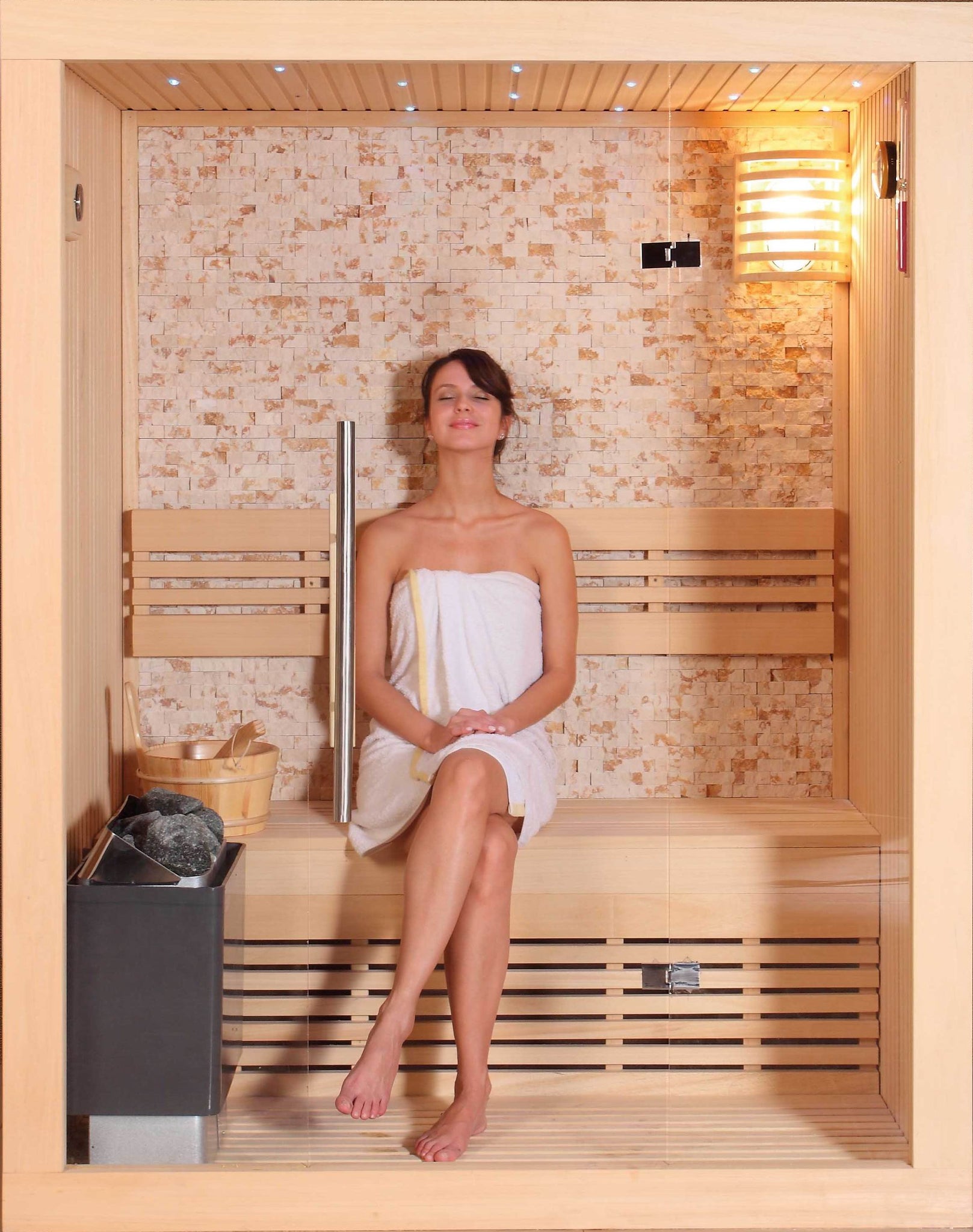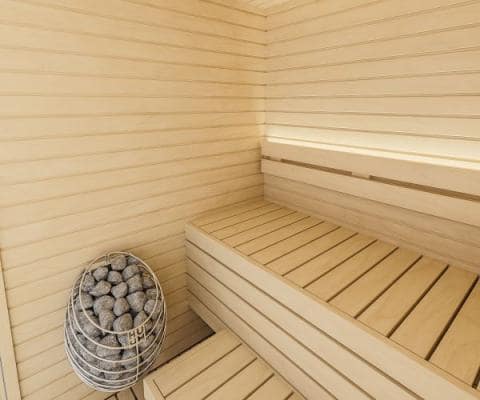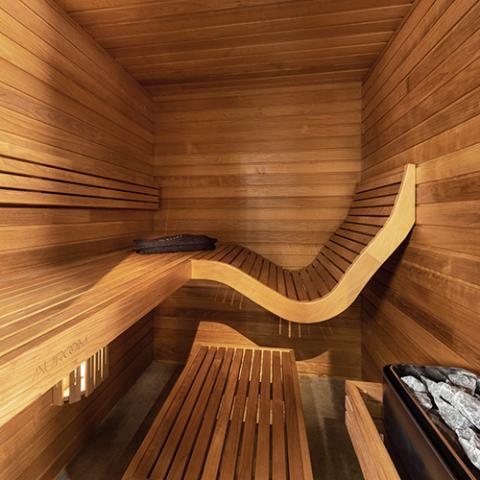Our Traditional Sauna Statements
Our Traditional Sauna Statements
Blog Article
Traditional Sauna Can Be Fun For Anyone
Table of Contents4 Simple Techniques For Traditional SaunaThe Ultimate Guide To Traditional SaunaNot known Incorrect Statements About Traditional Sauna The Greatest Guide To Traditional SaunaEverything about Traditional Sauna
The majority of the weight lost in a sauna is water loss and is re-gained upon rehydrating. Nevertheless, undeniably sauna can be a fundamental part of a healthy and balanced weight reduction program. To consider the distinctions in between standard and IR saunas, I will certainly separate these right into verifiable, theoretical, and produced distinctions.Therefore, the hottest point in the saunawhich goes to the ceiling directly over the sauna heateris generally between 185 and 190 F. Claims that a traditional sauna goes beyond 200 F is just not true and not applicable for electrical saunas sold in the United States. The temperature for a far-infrared sauna is normally set in between 120 and 140 F; nevertheless, unlike the traditional sauna, the objective in and IR room is not to attain a heat.
Because of this, the temperature level difference is practically irrelevant, since profuse sweating leads to both sauna types, yet the technique of warming the body is different. In an IR sauna the bather will certainly feel hot and will sweat a lot, but at much reduced temperature levels (Traditional Sauna). Therefore, if the objective is to invest longer time periods in the sauna, the IR sauna is an excellent option
When a standard sauna has actually been appropriately warmed, the sauna walls are cozy, the air temperature has actually attained set temperature and the rocks are super heated. As an intriguing side note, the warmed walls and the rocks are discharging far-infrared warm, incorporated with the warmed air, to create an "covering warmth".
Traditional Sauna Can Be Fun For Everyone

When the heat is achieved, the elements cycle on and off to keep the high temperature level. The majority of traditional sauna customers appreciate putting water over the rocks to develop heavy steam to raise sauna moisture degrees. The benefits of putting water over the rocks consist of: making the space a lot more comfortable, moistening the nasal passages, and allowing the usage of aromatherapy by mixing necessary oils with the water.

When the power goes into the body, it causes the body temperature level to boost and ultimately leads to perspiration. In an infrared sauna it is necessary for the emitters/heaters to continue to be on practically continuously. Since there is no mass of rocks to preserve warm, the sauna will certainly cool if the emitters closed off.
As mentioned above, the sauna bather in an infrared room intends to place himself before running emitters to obtain maximum take advantage of the warmth. The home heating time for both spaces can be very various, depending upon how the spaces are made use of. For a typical sauna, a bather needs to allow 30-40 mins for the area to achieve a wanted temperature level and to correctly pre-heat the rocks.
The smart Trick of Traditional Sauna That Nobody is Discussing
A well built sauna will typically attain a temperature level of 150-160 F in about 30-40 minutes. For hotter temperatures, the space may require to heat for a longer period.

Conventional saunas often tend to be larger (therefore utilize even more electrical power) than infrared saunas, although traditional saunas are definitely available in one and two individual sizes. For a two-person typical sauna, 5x6 or 5x7 dimension is her response most preferred. The leading bench this content can conveniently seat 2 or three individuals and is likewise enough time to rest during the sauna session.
The Best Guide To Traditional Sauna
The typical cost per kWH of electrical energy in the united state is approximately $0.11, so a 4.5 kW heater will cost roughly $.50 to compete one hour, if the heating system runs continuously for one hour. Typically a sauna heater will compete 75% of the first hour and 50% of subsequent hours on given that the elements cycle once the set temperature is attained.

Lastly, there is a rarely discussed difference in the social experience between both areas. While our society has actually lost several of the social advantage of the conventional sauna experience, it can be very socially rewarding (Traditional Sauna). From family members time in the sauna, to heart-felt discussions with better halves, to sauna partiesthe standard sauna experience can result in intimate socializing
Our Traditional Sauna Diaries
Many higher end infrared areas include colored light therapy, noise systems and full-glass fronts.
Report this page